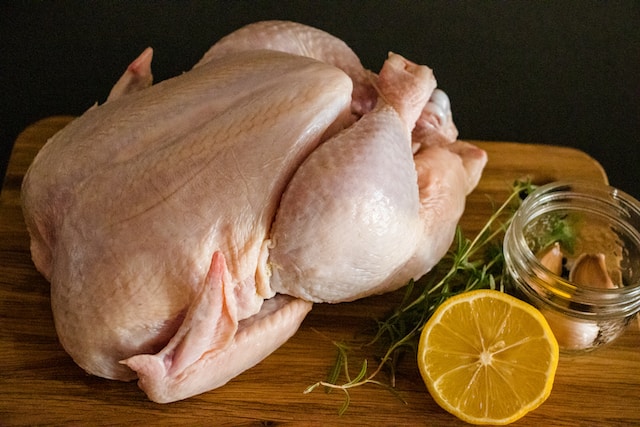W10 Chicken Update: EU Chicken Meat Imports Rise Amidst Stability in Brazil: Trends and Challenges for 2024

EU Chicken Meat Imports Projected to Rise in 2024, Driven by Ukraine and HRI Sector Demand
The European Union's (EU) chicken meat import market is expected to continue growing in 2024, following a 2% year-on-year (YoY) increase observed in 2023. EU chicken meat imports are estimated to increase by 3.5% YoY in 2024. This upward trend is attributed to continued demand, particularly within the hotel, restaurant, and institution (HRI) sector.
While imports from Brazil stagnated in 2023, those from the United Kingdom (UK) declined by 20% YoY due to stricter sanitary controls implemented after Brexit. Conversely, EU imports of Ukrainian chicken meat surged by over 50% YoY in 2023. This significant increase in Ukrainian imports is facilitated by EU regulation 2023/1077, which renews temporary trade concessions under the Deep and Comprehensive Free Trade Agreement (DCTA). This regulation allows duty-free and quota-free entry of Ukrainian chicken meat into the EU market. However, the measure is temporary and expires on June 5, 2024, unless extended.
The expiration of the DCTA concessions for Ukrainian chicken meat could impact import trends in H2-24. The EU's decision to extend these concessions will be crucial in determining the long-term trajectory of Ukraine's role in the EU's chicken meat import landscape. Some EU member states, such as Poland, have expressed concerns regarding the potential negative impact of rising chicken meat imports on domestic producers. The EU may need to consider these concerns while formulating its import policies.
Brazilian Poultry Industry Navigates Favorable Conditions Despite Uncertainties
Brazil's poultry farming sector is currently experiencing a period of relative stability and positive margins despite some external challenges. Unlike historical trends, wholesale chicken prices in Brazil have remained stable in 2024, particularly in São Paulo, where frozen whole chicken prices in Feb-24 increased slightly by 0.7% month-on-month (MoM), reaching USD 1.53 per kilogram (kg). This stability contrasts with the previous years' trends of weakening prices at the beginning of the year.
Preliminary data from the Brazilian Institute of Geography and Statistics (IBGE) suggests a controlled pace of chicken production in Q4-23, with slaughter volumes and meat production declining by 2.3% and 4.1% YoY, respectively. Although Jan-24 exports saw a 3.7% YoY decrease compared to a record-breaking Jan-23, Feb-24 exports showcased similar volumes to Feb-23, with the potential for higher average export prices. This, coupled with reduced production costs, is expected to strengthen the export spread that has been declining since Nov-23. The price ratio between chicken meat and beef forequarters has decreased by 22% YoY, impacting chicken's competitiveness. Expectations of more controlled beef prices in the coming months necessitate cautious expansion plans for chick housing to support prices and margins.







